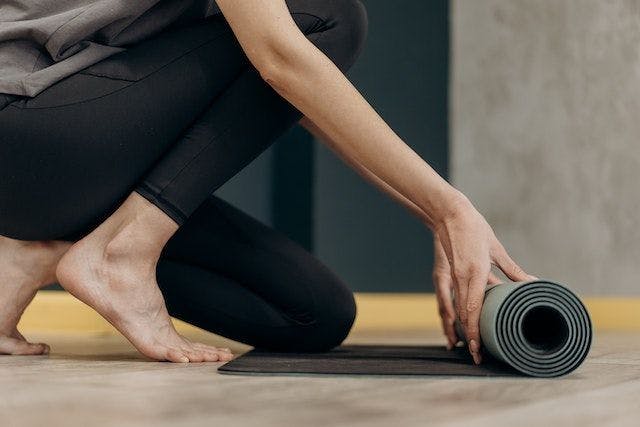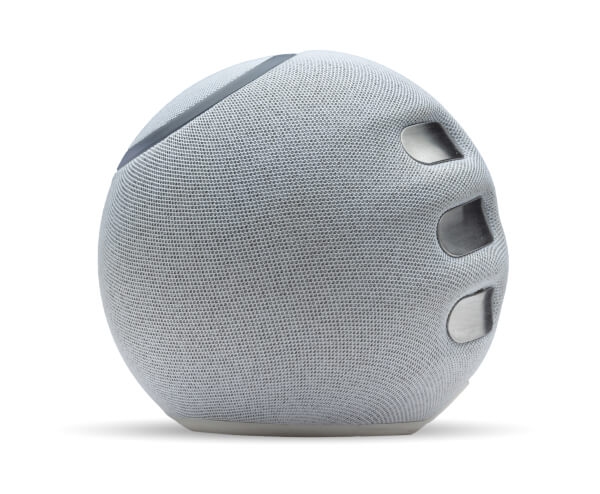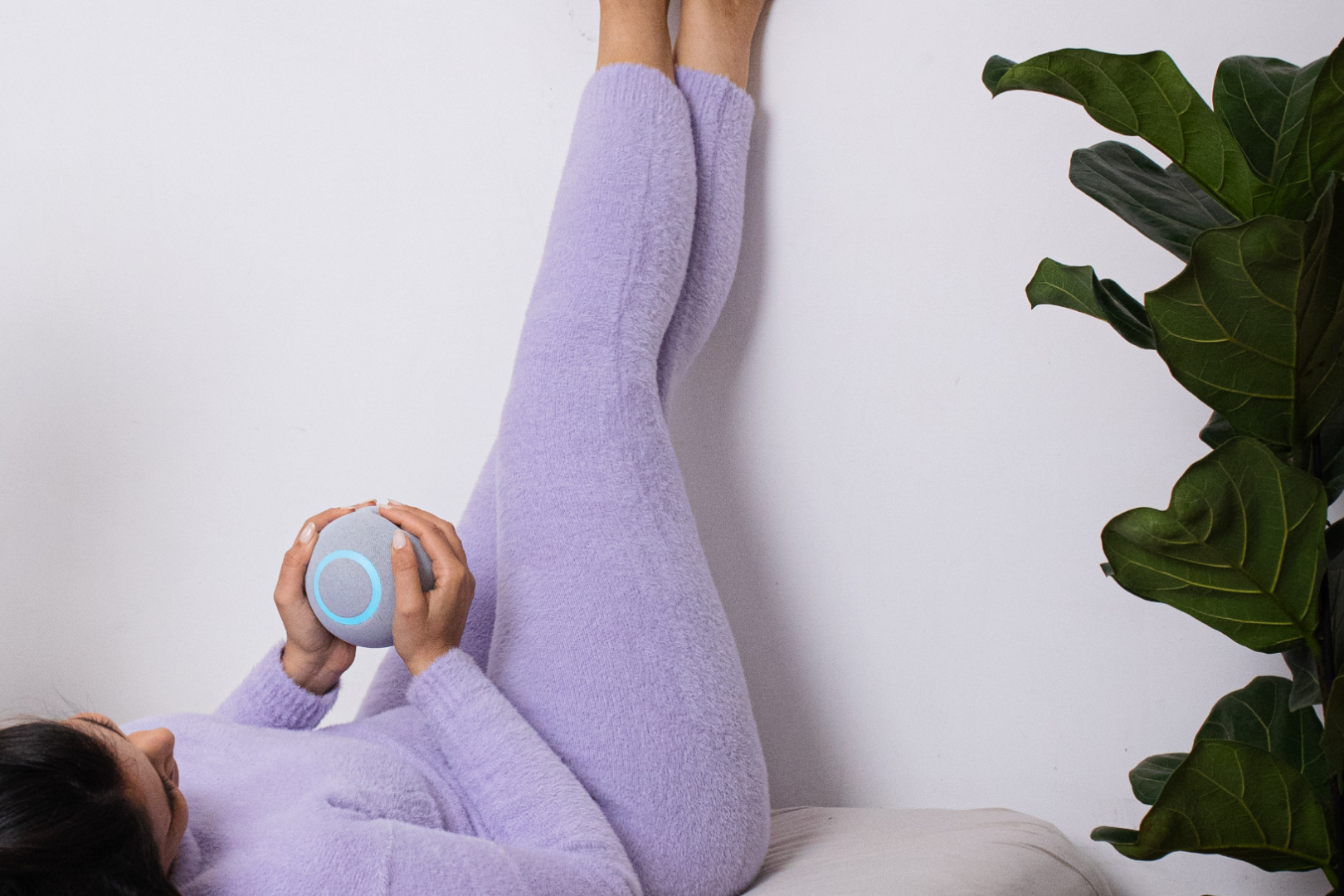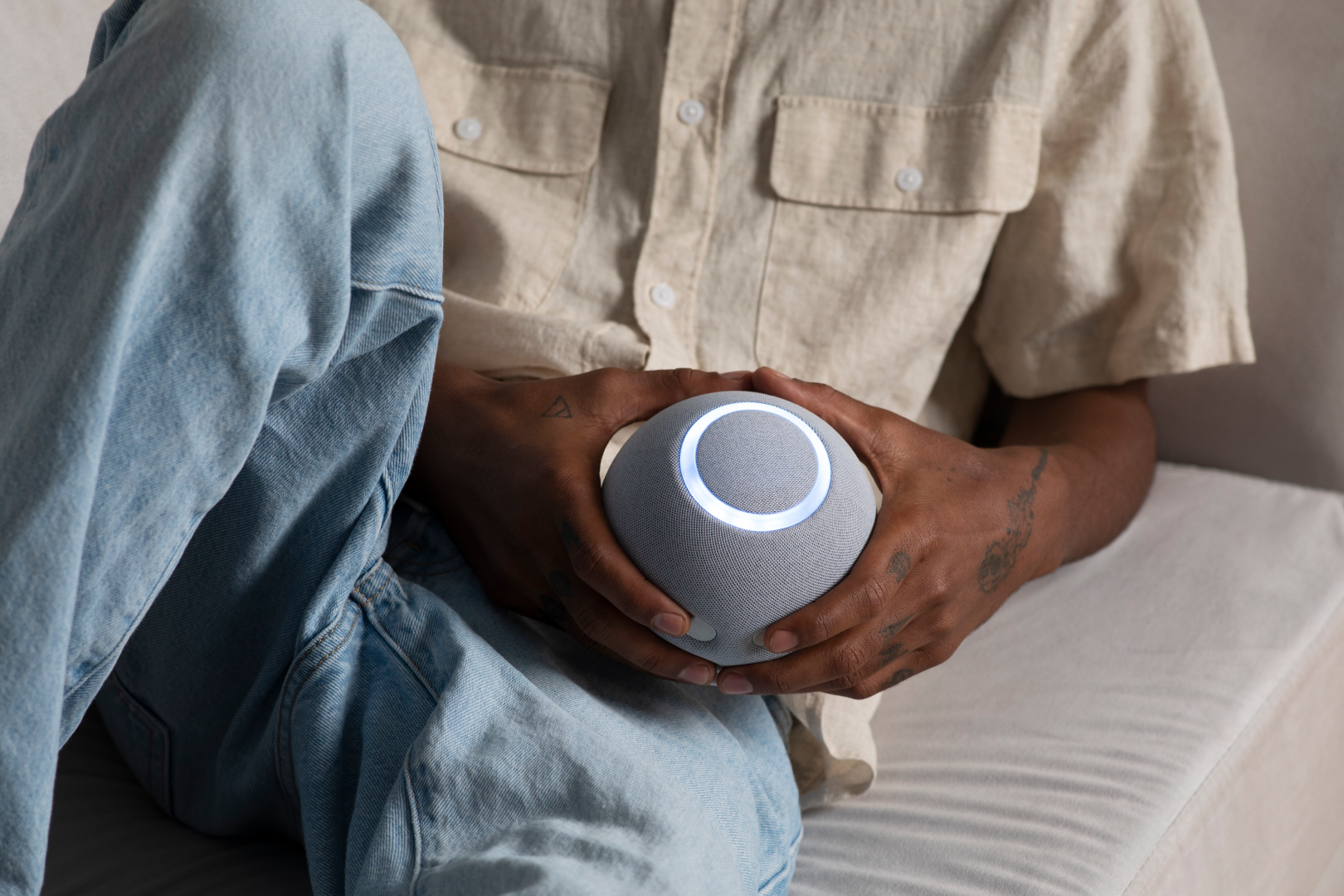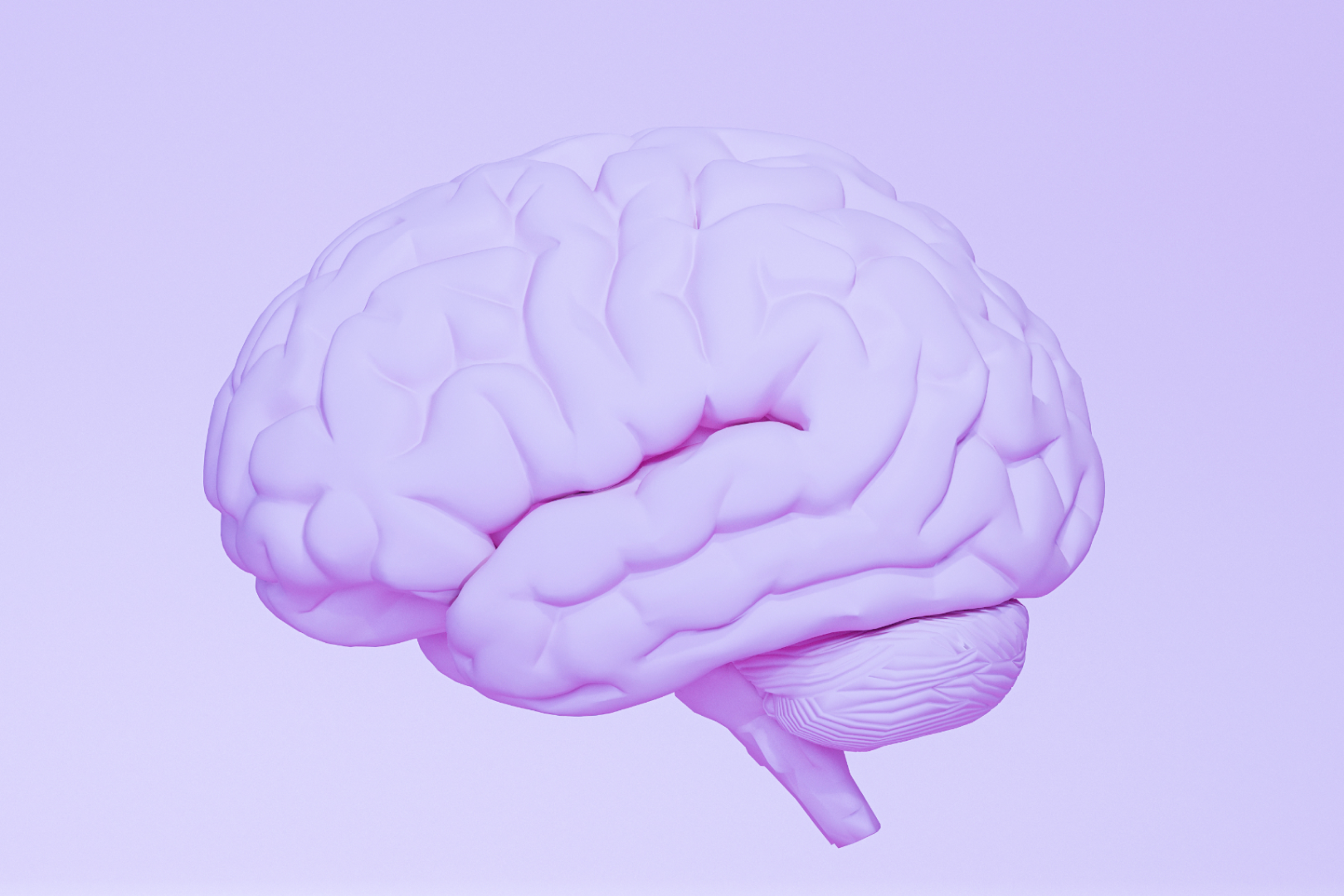My meditation practice had a rocky start. A few years ago, I decided to try meditating. I downloaded a popular app, and dived right in. But it didn’t stick, and after a few weeks, I stopped. Then, about a year later, a small voice in my head prompted me to give it another go. I resubscribed to the meditation app, and I’ve now been practicing mindfulness meditation 10 minutes a day for over three years. Today, meditation feels like a natural and integral part of my routine.
As a result, I am calmer, more aware of my inner state, more measured in my emotional responses, and more in control of my physical well-being. Yes, meditation is everything people say it is.
Why meditate?
In the world of wellness, so many fads come and go. But meditation is no fad. Meditation is believed to have first been practiced around 3000 BCE (which makes it nearly 5000 years old!). While mostly associated with its Eastern roots, meditation is common in numerous cultures and religions. In the 21st century, it has undergone a revival, proven by modern science and medicine to have a range of incredible benefits.
When ‘popping pills’ won’t solve our problems, meditation is a safe and effective technique that can make a big difference to physical and emotional wellness, and even provide relief from several ailments. There are so many reasons why you should meditate, including:
- Lower blood pressure
- Fewer headaches
- Increased focus and concentration
- Reduced anxiety and depression
- Increased self-awareness
- Better emotional regulation
- Reduced stress
- Better sleep
- Improved relationships
How to do it daily
To get the benefits of meditation, you must practice regularly – daily, in fact – without fail. There is a good reason for this: meditation works by strengthening the neural pathways for regulation and relaxation, training your brain to achieve that state more easily and more often. Building those pathways takes consistent effort and practice.
The good news is that you don’t need to spend a lot of time on it. Just a few minutes every day is sufficient. The way to meditate daily is simple: just sit and meditate. You don’t need a lot of equipment or time.
You just need to commit. Even if you don’t feel like it, or if your mind is completely distracted, and you think it will be a waste of time, don’t skip it. Meditate, no matter what. Most of the challenge is just in showing up. The rest will come with time.
Here are some tips to help you meditate daily:
Don’t overthink it. The beauty of meditation is that there is no right or wrong way. This is a novel concept, because we live in a society that places great value in achievement. Meditation, however, is the practice of being in the moment. There is no such thing as ‘success’ or ‘failure’; there is simply the essence of the mind, which is infinite. Don’t think about it too much. Just sit down and do it.
Meditate in the morning. For some people, meditating first thing in the morning, before the household is awake, is the best time. There is peace and quiet, and the mind is refreshed and alert.
A morning meditation routine helps you achieve a relaxed and focused state, so you can be more productive and creative throughout the day. Once you have some meditation experience, you can even combine your morning exercise and meditation routine. For example, you could add a few minutes of meditation during a morning walk or jog.
Or meditate at night. Other people (myself included) find that meditating before going to sleep is the best time. A meditation routine before bed brings relief from the stress of the day, and is a great way to unwind and relax into healthy sleep. Whether you are a morning or night meditator, the most important thing is to choose a time and stick to it. This is key to building a daily meditation routine.
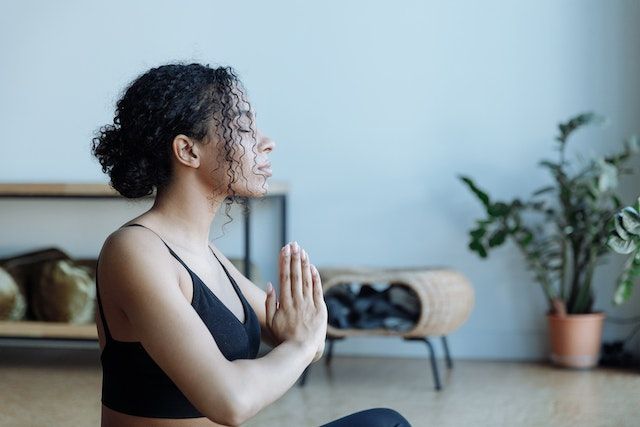
Basic mindfulness meditation
There are several ways you can meditate, such as the body scan technique or meditation workout routines. You can combine a morning yoga and meditation routine, or try the ancient Indian practice of a Vipassana meditation routine, which teaches you to see the world clearly, as it is.
One of the most popular techniques is mindfulness meditation. While it may sound complex and perhaps intimidating, mindfulness is actually quite simple. In a mindfulness meditation routine, focus your mind on your breath, following each inhalation and exhalation, and note any sensations and thoughts as they come and go.
When the mind begins to wander, or gets distracted, then simply observe the thought, acknowledge it without judgment or analysis, and gently bring the mind back to focusing on the breath. Mindfulness is being fully present in your body, in the moment. It means accepting all your thoughts and feelings (physical and emotional) as they occur.
In this way, you learn to treat yourself with kindness, compassion, and curiosity, and connect more deeply and unconditionally with yourself.
Over time, you’ll find that mindfulness meditation helps you relate to yourself, to others, and to the world in a far more balanced and healthy way.
4 ways to make meditation a habit
If you want to know how to start a meditation routine, it’s by making meditation a habit. A habit is something that you do regularly, reflexively. You don’t debate with yourself every morning whether or not to brush your teeth or drink a cup of coffee. You just do it. This is what you should be aiming for with your meditation routine as well. Especially if you need a meditation routine for anxiety or to cope with extra stress going on in your life, making a habit of meditation will be key to getting the most from your practice. Here are 4 tips to get you on the path to a meditation routine:
Start gently
Don’t expect to become a Zen guru overnight. Take it slow and easy at first. Devote 5 minutes a day to your meditation routine. Once you’ve become more comfortable and familiar with the practice, try a longer session. Also, don’t worry too much about how you are seated – you don’t need to contort yourself into the lotus position if it’s not comfortable.
Sit wherever feels good, whether on the floor, a chair, or on your bed, and use cushions for support. You can even meditate lying down – just make sure your spine is straight. No slouching or curling up.
Meditation exercises
There are lots of different meditation exercises you can try, but when you are trying to build up a daily meditation routine, we recommend a simple breathing meditation. Guided meditations are very useful for beginners, as the teacher provides prompts throughout the session, helping to keep you on track. These are available on many meditation devices and apps.
Yoga meditation
Yoga is otherwise known as moving meditation. The yoga movements not only build physical strength and flexibility; they teach you to be fully present in the body, helping to heighten your sense of awareness and build the mind-body connection.
When holding a yoga pose, your mind must be intimately connected to the body to achieve the necessary stillness and calm. Especially if you are already familiar with yoga, you can deepen the practice by adding a mindfulness meditation element too.
Use a meditation app
Getting into the routine of meditating daily can be much easier with a device or app. You can choose meditation sessions according to duration, topic, or theme, and track your progress.
You can also join virtual live meditation sessions or online group sessions, which is helpful for accountability. There are loads of affordable meditation devices and apps to choose from. Take advantage of free trial periods to find the one that’s best for you.
Reflect on it
Another tool that can enhance your meditation routine is a biofeedback device. During meditation, a biofeedback device tracks and displays the physiological changes as they occur, such as slower breathing or a calmer heart rate.
This helps you understand how your mind and body are responding to your meditation practice. Over time, you’ll increase your motivation to stick to your meditation routine and gain a deeper understanding of how to meditate in the most effective way.
If you’re looking to reinforce your meditation experience, consider the Reflect biofeedback device. You’ll ‘see’ your meditation routine come to life.
